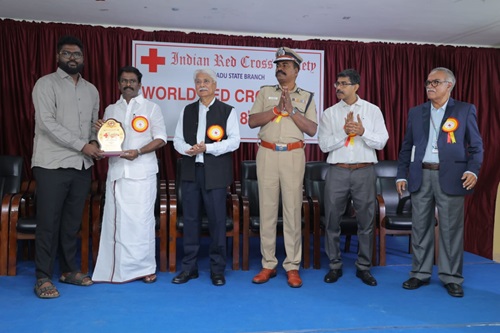Alert citizens!! 2 new Coronavirus cases not found anywhere in the world but identified in TN now!!
Posted on: 08/Sep/2023 9:31:16 AM

The shocking piece of information is that in Tamil Nadu 2 new Coronaviruses have been identified now that have mutated from the XPB virus.
It must not be forgotten that in the year 2020 the Coronavirus infection began to spread in India. The Coronavirus infection made its presence felt in 3 waves of alpha type, delta type and then mutated into omicron type. The infection spread at an alarming rate and affected lakhs of people.
In September 2022, from Omicron type a new type of virus XPPN emerged. From then on till January month as many as 21979 persons were affected. Genetic testing related to corona mutation was carried out at the Dept of Public Health`s genetic analysis lab.
It is worthy to mention here that from September 2022 till January 2023 sputum samples from 2085 persons were subjected to genetic analysis. It was found out that 420 samples have been infected with XPB type virus. Ninety eight samples were subjected to microscopic examination. The doctors were surprised to find out 2 new mutations that were not found anywhere else across the world.
The Dept of Public Health has submitted a research paper and an article were published two days ago in the internationally acclaimed journal Lancet. It was later explained by the Joint Director of Public Health Dr. Shivdas Raju that out of those who were affected by Coronavirus in TN in the end of the last year and towards the beginning of 2023 81percent of them were vaccinated properly.
Of these, sputum samples of severely affected persons were subjected to genetic analysis. Two new viruses that were not reported anywhere in the world have been found out. Dr. Shivdas Raju pointed out that in the research works it was mentioned that both Covishield as well as Covaccine would not have any effect on the spreading of XPB type virus.
He concluded that though the Coronavirus has mutated into new forms there is no need to worry as the situation is now brought under control. Just similar to Coronavirus, other viral infections must also be subjected to genetic analysis. This was mentioned in the research paper.







